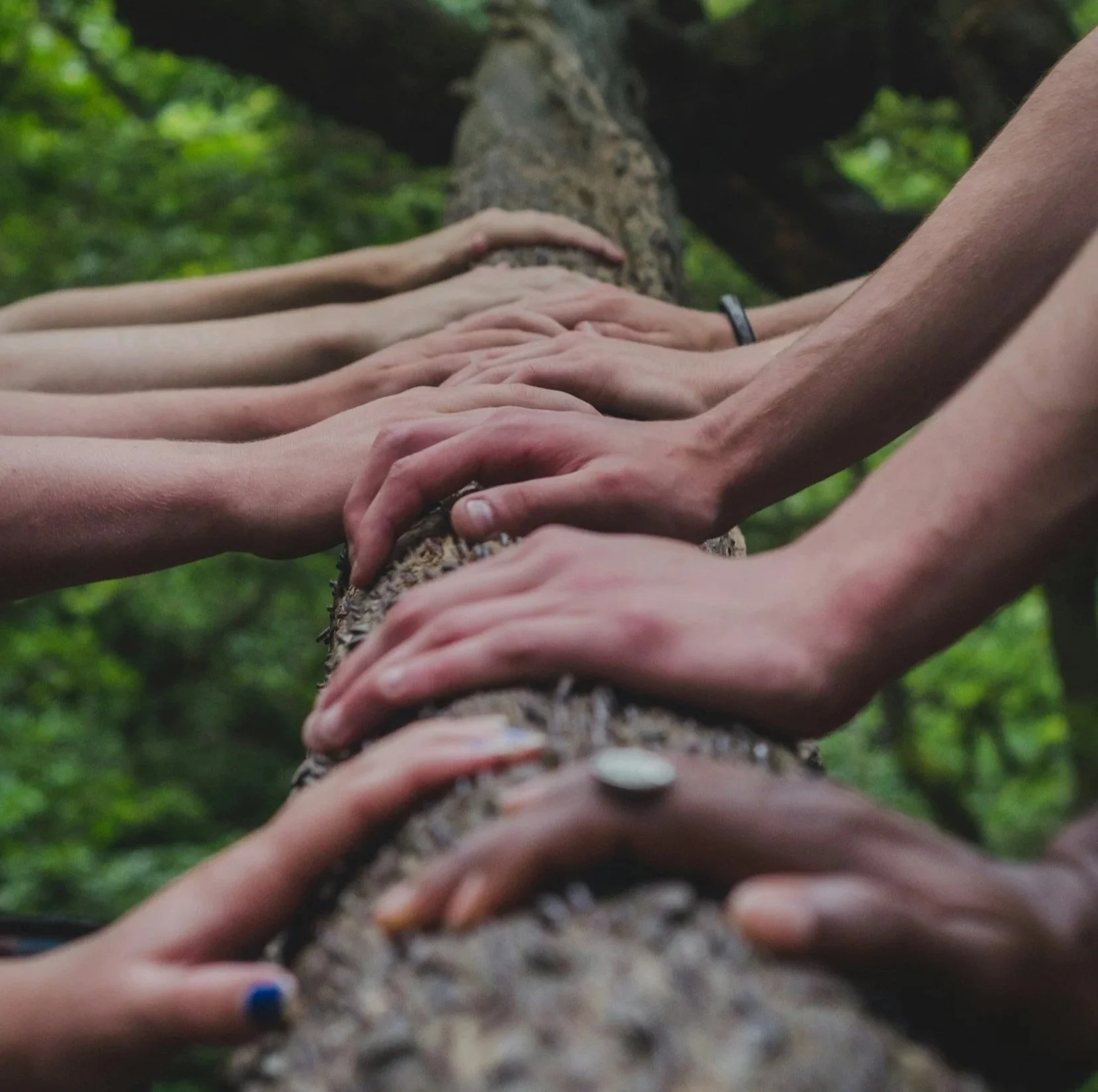Yoga Therapy Practices for High-Performing Adults: Integrating Indigenous Wisdom to Combat Burnout
In today’s culture of constant productivity and hustle, many high-performing adults—such as healthcare professionals, service workers, executives, entrepreneurs, and athletes—find themselves grappling with burnout. Characterized by three key domains—exhaustion, cynicism, and inefficacy—burnout is a result of sustained overwork, disconnection, and an imbalance between giving and receiving.
Western society often glorifies urgency and self-sacrifice. The American "hurry culture" pushes us to work beyond capacity with little regard for our holistic wellbeing. Yet, indigenous cultures have long taught a different rhythm—one that fosters balance, reciprocity, and reverence for life. This post explores how yoga therapy, woven with indigenous wisdom, can offer high-performing adults a path to restore energy, connection, and purpose.
Living in Rhythm, Not Rush: The Hawaiian Teaching of Kuleana
A principle from Hawaiian culture, shared through teachings such as those from the Kākou Collective, reminds us to "live in rhythm, not rush." This means living in alignment with our values, tending to relationships, nature, and responsibilities (kuleana) in a way that honors balance and sustainability.
Unlike the Western linear model of time, indigenous perspectives often embrace cyclicality and interdependence. Work is not meant to deplete us but to serve as a channel through which we express our gifts. By re-centering our days around kuleana, we root productivity in purpose and connection.
Daily Planning with Indigenous Intentions
Instead of starting your day with a to-do list solely focused on output, consider planning in alignment with the following domains:
Connection to 'Ōhāna (family/community): Schedule time for relationship nourishment.
Connection to 'āina (land/nature): Take walks, garden, or simply step outside.
Connection to self (inner world): Reflect, breathe, and check in.
This intentional rhythm allows space for resilience and regeneration.
Yoga Therapy Practices to Support the Five Koshas (Layers of Being)
To address burnout across physical, energetic, mental/emotional, wisdom, and bliss bodies, consider integrating these yoga-based practices:
Gentle āsana: Slow, mindful movement to release muscular tension and promote circulation.
Prāṇāyāma (Breathwork):
Three-Part Breath: Deepens lung capacity and calms the mind.
Bhrāmarī (Bee’s Breath): Activates the parasympathetic nervous system.
Nāṇī Shodhana (Alternate Nostril): Balances hemispheres and reduces anxiety.
Ujjāyī Breath: Builds internal heat and focus.
Chanting or Kirtan Kriyā: Repetitive mantra with breath and mudra to center attention and restore vitality.
Nature Rituals: Walks in sunlight, forest bathing, or mindful gardening for grounding.
Connection-Based Activities: Share nourishing activities with loved ones or participate in communal care.
Reflection and Growth: Set aside weekly time to ask:
What am I grateful for?
What have I learned?
What do I want to bring forward into the coming week?
Indigenous Teachings as a Compass
Whether Choctaw, Hawaiian, Indian, or other indigenous wisdom, a unifying message emerges: Pacing creates productivity. The modern world may demand speed, but true vitality is born of rhythm.
In yoga therapy, we honor that burnout is not a personal failing—it is often a systems-level imbalance. Yet, within our control is the power to slow down, to reconnect, and to integrate practices that realign us with our natural state of wellbeing.
By reclaiming ancestral teachings and fusing them with evidence-informed yoga therapy, we can remind high-performing adults that they already possess the tools they need to flourish.
Final Reflection
Your worth is not measured by your output. Your value is not determined by your exhaustion.
Let this be your invitation to live in rhythm, with breath, and in balance with the natural cycles of work, rest, and renewal.
References and Suggested Readings
Allen, H. K., Barrall, A. L., Vincent, K. B., & Arria, A. M. (2020). Stress and burnout among graduate students: Moderation by sleep duration and quality. International Journal of Behavioral Medicine, 28(1), 21–28. https://doi.org/10.1007/s12529-020-09867-8
Kaur, S. (2016). Original light: The morning practice of kundalini yoga. Sounds True.
Niranjanananda Saraswati. (2016). Prana and pranayama. Yoga Publications Trust.
Peters, K. (n.d.). Hawaii stationery, washi tape, stickers, art, and lifestyle. Kakou Collective. https://kakoucollective.com/
Pukui, M. K., & Varez, D. (2018). ’Olelo No’eau: Hawaiian proverbs & poetical sayings. Bishop Museum Press.
Si̇s Çeli̇k, A., & Kılınç, T. (2022). The effect of laughter yoga on perceived stress, Burnout, and life satisfaction in nurses during the pandemic: A randomized controlled trial. Complementary Therapies in Clinical Practice, 49, 101637. https://doi.org/10.1016/j.ctcp.2022.101637
Sullivan, M., & Hyland Robertson, L. C. (2020). Understanding yoga therapy: Applied philosophy and science for health and well-being. Routledge.
A personal shout-out to my dear friend and colleague in Yoga Therapy, Jennifer Ballou in co-creation of the concept “pacing creates productivity” for adults experiencing symptoms of burnout.

